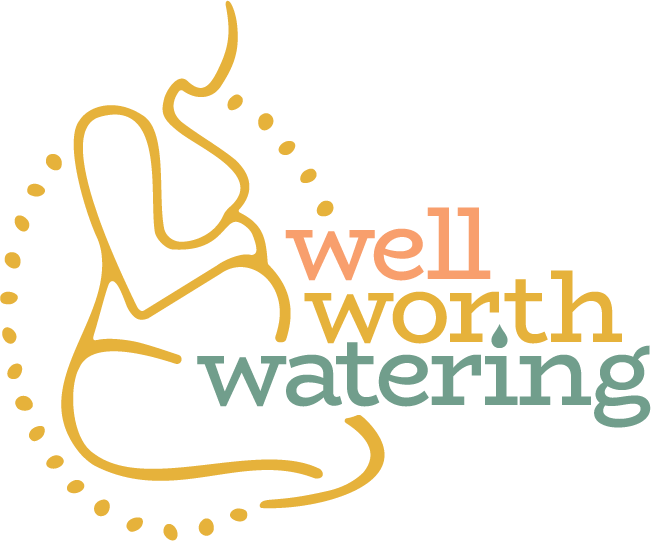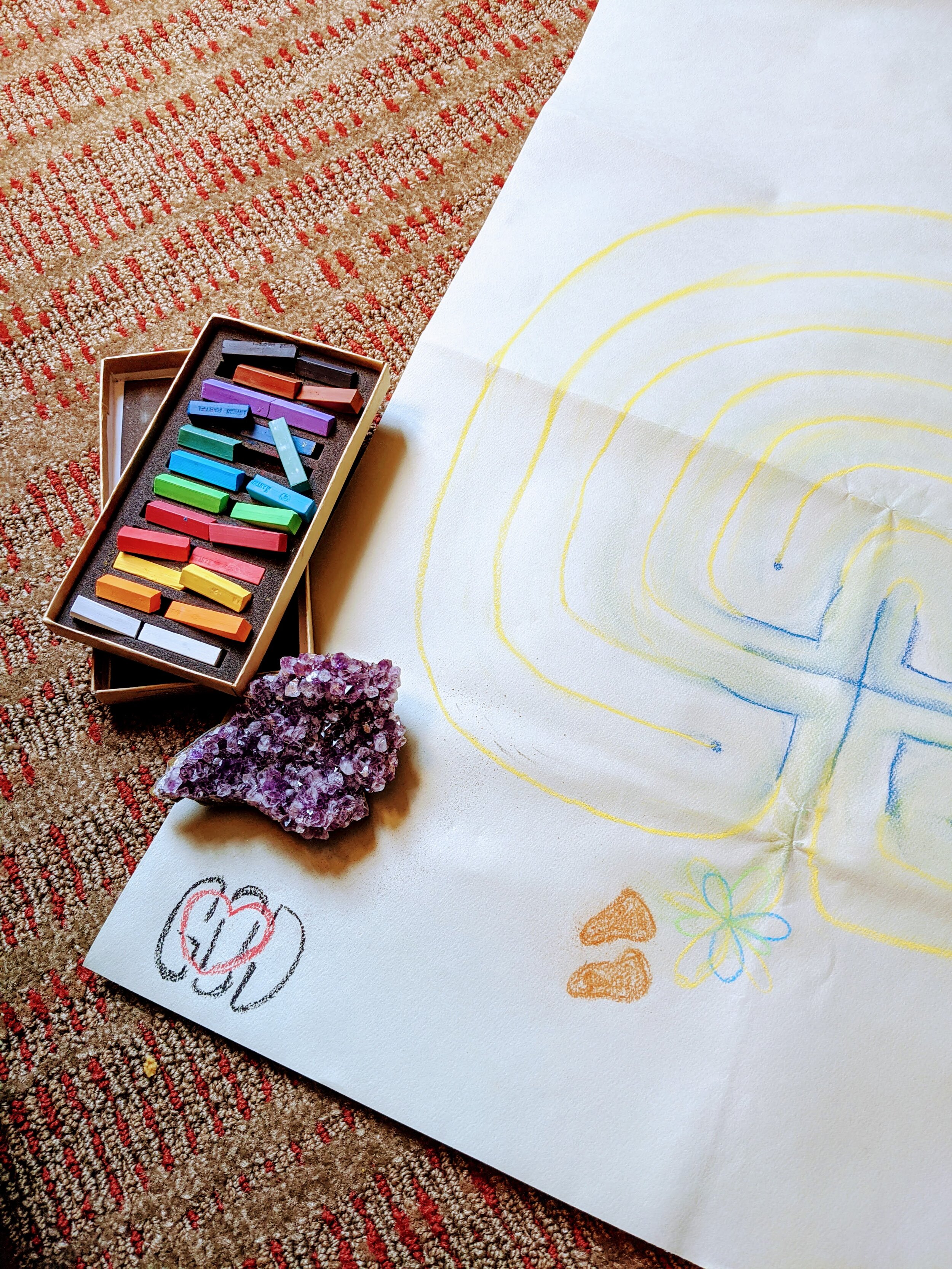She Insisted: Vigilance & Postpartum Preeclampsia
Photo by Christopher Boswell on Unsplash.
Saltfish is a hall of fame dish in Caribbean cuisine. It’s also my mother’s favorite food. The codfish used as the main ingredient has been preserved through a process that packs the filets with plenty of salt that ends up being the star of the show for many.
Saltfish is prepared by first soaking a ton of the salt out of the fish that would otherwise be non consumable. After the flesh is boiled to make it tender and moist, it is broken up into chunks and cooked in a fragrant blend of sauteed tomatoes, garlic, onion, thyme, black and hot pepper. It served in many ways across the islands, most popularly on bake which is a fried dough the size of an average doughnut. But my mother preferred it over provisions, a steamed and starchy portion of yams, green bananas, white potatoes and yucca.
She ate this meal religiously while pregnant with me. She would help herself to a once-a-week swig of ice cold Carib and a hot bowl of saltfish. By the time I was born, I weighed almost 11 lbs. I’m not sure if my mother’s love affair with saltfish played a role in my birth weight, but it did lay the foundation for her chronic high blood pressure.
Like many black folks, stress, diet and a genetic predisposition to hypertension can impact our health immensely.
By her late 30’s, my mother was on high blood pressure medication. She often warned me to “Watch ya salt Lou. It will catch up to you one day.” She still enjoys saltfish these days, though at a much less frequent rate, soaking and boiling away almost all of the sodium content.
Her vigilance was with her over the years, even as she supported me during my postpartum recovery. Days after delivering my daughter, it was my mother who noticed I wasn’t feeling well. It was my mother who noticed what looked like signs of a spiking blood pressure.
She ended up ringing the alarm for me when I couldn’t recognize that I may have been at risk.
Preeclampsia is a condition that manifests during pregnancy, usually after the 20th week. It’s hallmark signs are high blood pressure, protein in urine and symptoms like:
swelling in the hands, legs and feet
blurry vision
severe headaches that don’t go away with over the counter medicine
dizziness, nausea and vomiting
rapid weight gain
Postpartum preeclampsia occurs most commonly 7 days after birth and up to 6 weeks after birth. Symptoms mirror those that would occur during pregnancy.
Preeclampsia is very serious and carry risk to mama, baby, in some cases causing death.
And it is sadly very common in our community.
The rate of preeclampsia and eclampsia for black women is 61% higher than it is for white women and 50% higher than for women overall, according to the Agency for Healthcare Research and Quality.
There are stories like that of Amber Rose Isaac, who passed away in the Spring of 2020 in a New York hospital from HELLP syndrome, a serious complication of high blood pressure during pregnancy. Her fiance Bruce McIntyre started the Save A Rose Foundation in her honor.
Shalon Irving, an epidemiologist who “focused on trying to understand how structural inequality, trauma and violence made people sick” (npr.com) collapsed and died of high-blood pressure complications 3 weeks after delivering her precious Soleil in 2017.
Even Beyoncé experienced preeclampsia (formerly known as toxemia) with the pregnancy of her twins, making the already high-risk pregnancy with multiples even riskier.
According to an Obstetrical & Gynecological Survey article, “Intrauterine fetal death among African American preeclamptic patients occurs at twice the rate as in other races. On the maternal side, African American mothers with preeclampsia have more severe hypertension, antepartum hemorrhage, and increased mortality.”
The same study notes that preexisting conditions like lupus and sickle cell disease in the mother may play a part in our high representation and poor outcomes.
Preeclampsia in all of its variants touches all of us.
During my pregnancy with Charlotte, I was being actively screened for pressure spikes, very rapid weight gain, severe headaches and swelling. Everything looked normal up until delivery. But I didn’t know—nor was I treated with—that same vigilance after I left the hospital.
About one week after delivery, I remember feeling light-headed. My mother—who had come down from Philadelphia to Virginia to help me adjust as Michael returned to work—noticed that there were moments where I would wake up from a nap in a state of confusion. But it was my complaints of headaches and slight shortness of breath that really worried her.
My body had grown to nurture a human being, surely there were some rocky points ahead. “I don’t want to overreact,” I thought. But my mother’s experience as a practical nurse in a cardiac telemetry unit (along with her own blood pressure struggles) made her the advocate I needed. She insisted that I take my blood pressure with an at-home cuff we had. At one point my pressure read in the 150 over 80 range.
I definitely don’t remember her saying the word “preeclampsia.” Though I’ll never forget what she did say as she read my pressure.“I don’t like this. I’m not gonna let you just drop down in here. Let’s make sure you’re OK.” She insisted I call an ambulance.
One lonely, scary ambulance ride and a couple of hours later, I was in the emergency room, alone. My anxiety went into overdrive as I worried about my daughter, who I had just started to get the hang of nursing with. Would she drink the formula samples I’d reluctantly accepted from the hospital? Would she scream for me? Would Michael get into an accident because he was speeding to get to me? Would I be alright?
Michael arrived, I pumped my breast milk with a machine the staff provided for me and waited on the results of my tests. Although my pressure was still higher than normal, there was no protein in my urine and I was cleared for postpartum preeclampsia. They did identify a urinary tract infection that I must have gotten from the catheter during Charlotte’s delivery.
I continued to check my pressure consistently once I got back home. My OB didn’t insist that I come into the office before my 6 week check-up, something I wish I would have insisted on myself. When I look back on the experience, I feel a mix of emotions. On one hand, I was fine. On the other…what if? What if I was alone during recovery, like so many women? What if she herself didn’t know about the symptoms of a rising blood pressure?
I can’t overstate the critical value of an informed village for pregnant and postpartum black mothers.
Black women represent a large portion of preeclampsia cases. With a heightened vigilance and education about what to look for during and directly afterward delivery, we can insist that our providers SEE and HEAR us. We can save lives. I hope this story encourages you to both build a strong village for yourself and be a part of someone else’s.






